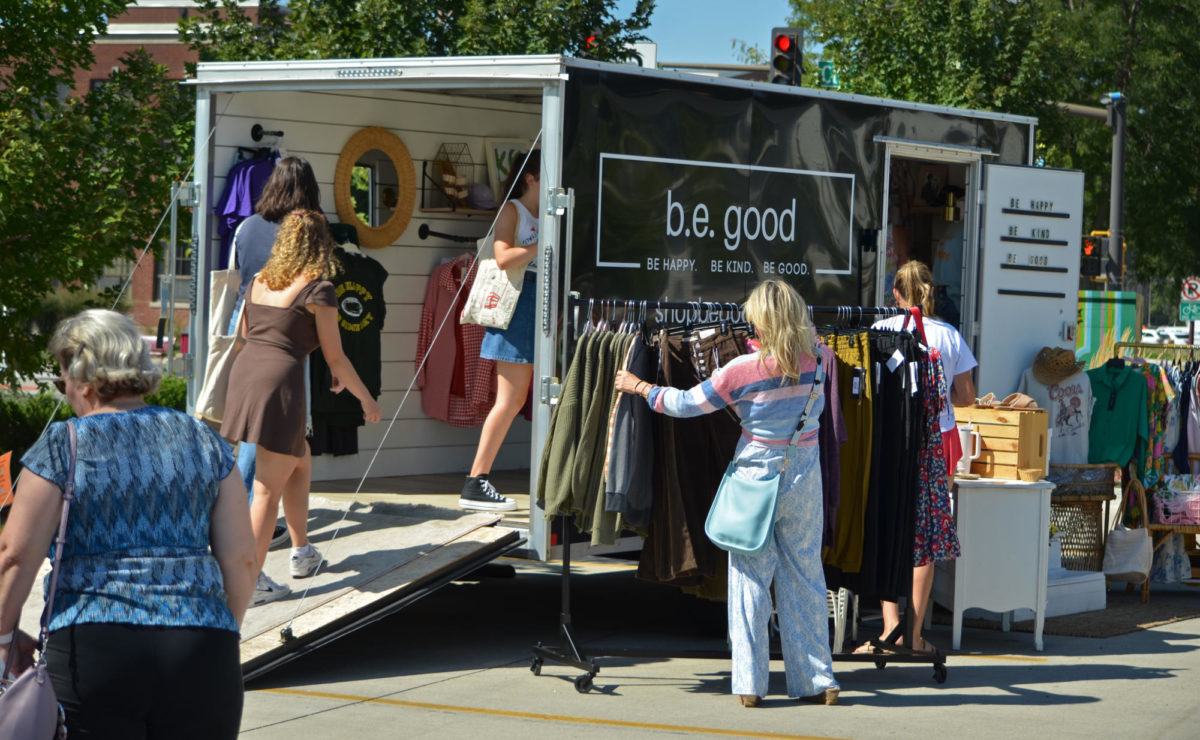Twelve years later, shelter keeps giving to homeless
July 22, 1997
Ames’ Emergency Resident Project will reach its 12th year next month.
The shelter, located at 225 South Kellogg Street, provides beds, meals, laundry and assistance programs to area residents in need.
“We have 16 beds in the house, but we normally average 13 people per night,” said Vic Moss, director of the Resident Project.
If too many people show up one night, he said, transitional apartments and motels are used to give them shelter. There is a two-week time limit, but Moss said it is flexible when people have special needs that have not been met.
“We try to get people out of the rut they’re in and help them get opportunities for housing,” Moss said.
Also, the majority of the work done goes into helping families outside the shelter and preventing them from being evicted. Sometimes shelter employees make negotiations with landlords to support needy families.
“The biggest crisis we face is helping the people outside of the shelter,” Moss said. “The number of people needing that kind of assistance has more than doubled in the last three years.”
Moss attributed the financial problems of the residents to the tough economy. Although welfare programs like the Family Investment Program or food stamps are available to some of the needy, they don’t supply a realistic amount of help.
“The government should have thought out the system more,” Moss said. “They should have tried to see if a person of average intelligence and skill could actually make ends meet with these programs and then try to understand how persons with fewer skills and more obstacles could make it work. The ‘safety net’ is a myth because it only helps a fraction of those who need it, and those who do get it aren’t really well-off.”
In addition, Moss said the cost of rent has greatly increased and most incomes have not. He points out the majority of new housing being built is way out of the price range for people with below-average incomes.
“The companies that build these new places go where the money is,” Moss said. “Even people with average incomes are feeling the crunch of the housing market.”
The shelter’s $100,000 budget is funded by a combination of public and private donations, with most of the help coming from individuals and organizations. A small amount of money does come from city, state and federal sources, Moss said. About one-third of the budget goes into the rent-assitance program to prevent evictions of families.
Volunteers prepare meals every weekday evening and other volunteers take care of housework and occasional remodeling. The shelter also accepts donated food and household supplies from the public.
“If someone is planning on bringing in supplies, they may want to call ahead and see what we are low on to help us out,” Moss said.
“We also have to remember these people need a place to go after they leave us. The lack of affordable housing in Ames, as in the whole nation, is definitely a crisis that needs to be solved. It’s hard on individuals and often breaks families apart,” Moss said. “I challenge anyone to try to come up with a plan that can solve these problems.”
The shelter is open 24 hours a day to anyone needing shelter or assistance.
















